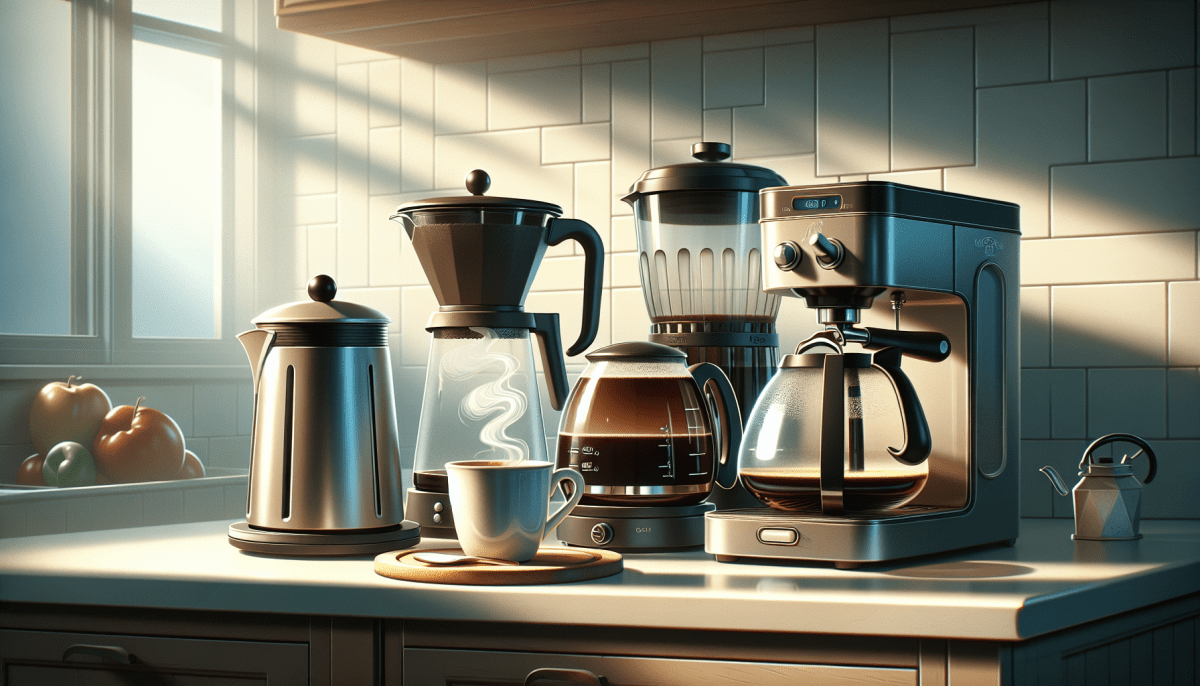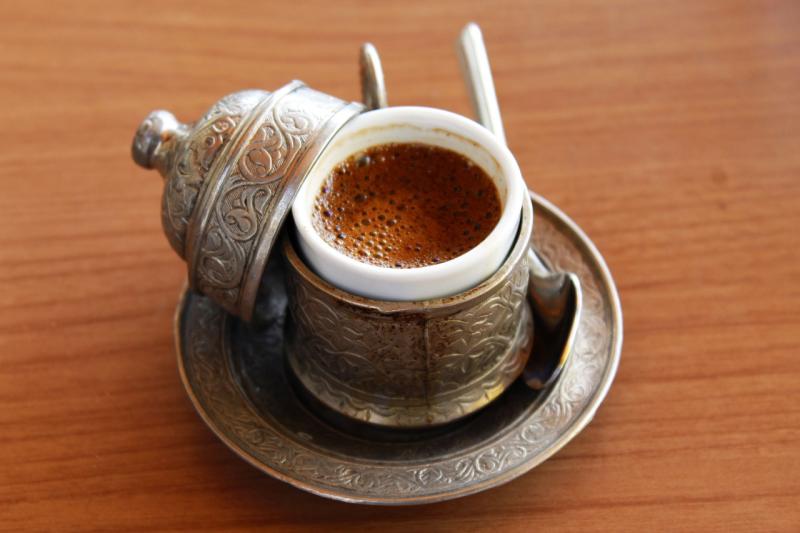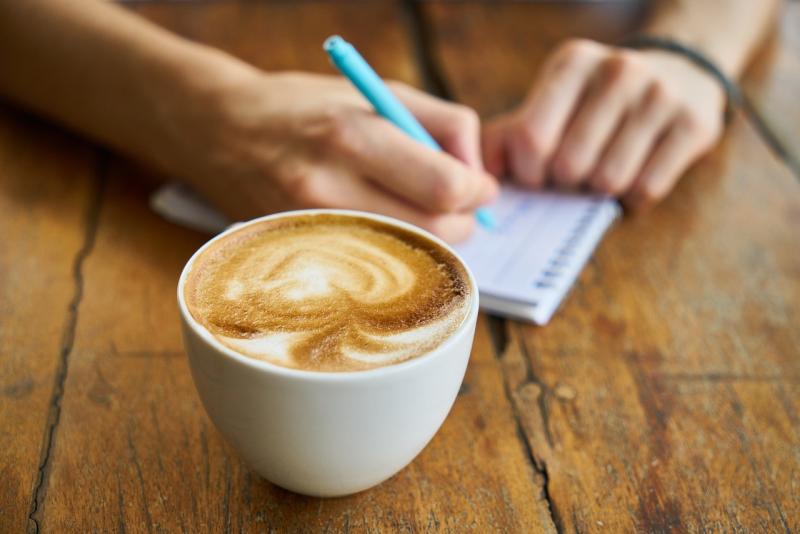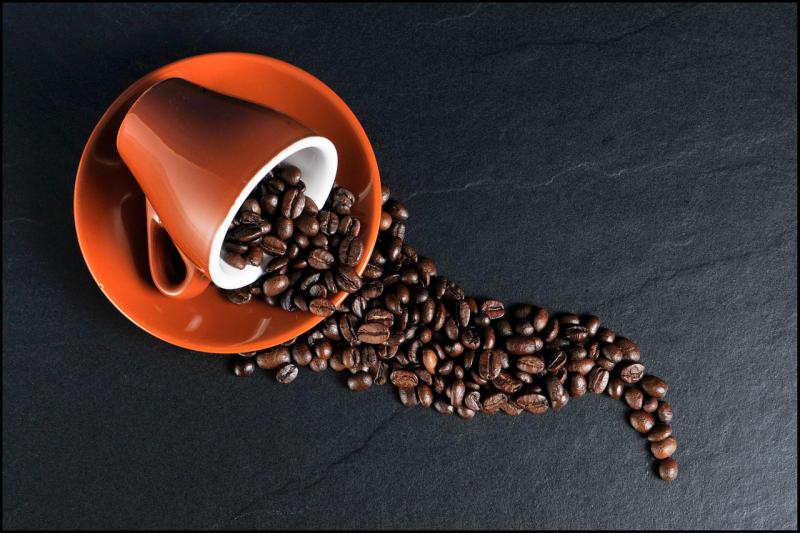When it comes to coffee makers, one size definitely doesn’t fit all. Whether you’re a single-serve lover or a traditional drip devotee, finding the right coffee maker can make all the difference in your morning routine. Let’s break down some simple tips to help you pinpoint your ideal machine.
First, think about your coffee habits. Do you brew a whole pot for those lazy weekends or just one cup before rushing out the door? Here are a few options:
Next, consider how much time you want to spend on prep and cleanup. Some coffee makers are super low-maintenance, while others might require a bit more effort. Also, think about features that matter to you:
Finally, don’t forget to check out the reviews! Hearing from other coffee lovers can give you the inside scoop on what really works and what might not be worth your time. With a little thought and research, you’ll be well on your way to finding a coffee maker that fits seamlessly into your daily life.
Different Types of Coffee Makers Explained
When it comes to brewing that perfect cup of coffee at home, the type of coffee maker you choose can make a world of difference. There are several options out there, each with its own unique features and advantages. Let’s break down a few popular types to help you find the one that suits your coffee needs best.
Drip Coffee Makers: These are probably the most common coffee makers you’ll find in homes. They work by heating water and dripping it over coffee grounds in a filter. Drip coffee makers are great because they can brew multiple cups at once, making them perfect for households with more than one coffee drinker. They’re generally easy to use and clean, which is a big bonus!
Single-Serve Pod Machines: If you’re all about convenience, these machines might be your best friend. With single-serve pod coffee makers, you just pop in a coffee pod, press a button, and voilà—you’ve got your coffee in minutes. They’re perfect for busy mornings or if you only drink one cup a day. Just keep in mind that the cost of pods can add up over time.
French Press: For those who enjoy a richer, bolder flavor, a French press could be the way to go. It’s simple to use: you steep coffee grounds in hot water, then press down a plunger to separate the grounds from the liquid. This method allows more oils and flavors to seep into your cup, giving you a stronger brew. Plus, it’s compact and doesn’t require any electricity!
Espresso Machines: If you’re a fan of espresso-based drinks like lattes or cappuccinos, investing in an espresso machine might be worthwhile for you. These machines use high pressure to force hot water through finely-ground coffee, creating that rich, concentrated shot of espresso. They come in various models, ranging from manual to fully automatic, catering to all sorts of skill levels. Just be prepared to spend a bit more time mastering the technique!
Key Features to Look For
When you're on the hunt for the perfect coffee maker, there are a few key features that can make all the difference in your morning routine. Here’s what to keep an eye out for:
Tips for Brewing Great Coffee at Home
Brewing a great cup of coffee at home is easier than you might think! Here are some handy tips to elevate your coffee game.
1. Start with Fresh Beans: Always choose freshly roasted coffee beans. Coffee loses its flavor quickly after roasting, so look for beans with a roast date on the package. Grinding your beans just before brewing makes a big difference in taste!
2. Measure Your Coffee: Use the right coffee-to-water ratio for that perfect cup. A common starting point is two tablespoons of coffee per six ounces of water. Feel free to adjust based on your taste preferences!
3. Use Clean Equipment: Make sure your coffee maker and other brewing equipment are clean. Old coffee oils and minerals can create unwanted flavors in your brew. Just a simple rinse or run some vinegar through your machine can do the trick!
4. Water Quality Matters: The type of water you use affects the taste of your coffee. Filtered or bottled water is often best since tap water can have a strong taste or odor. Keep your water temperature around 195-205°F for optimal extraction.



